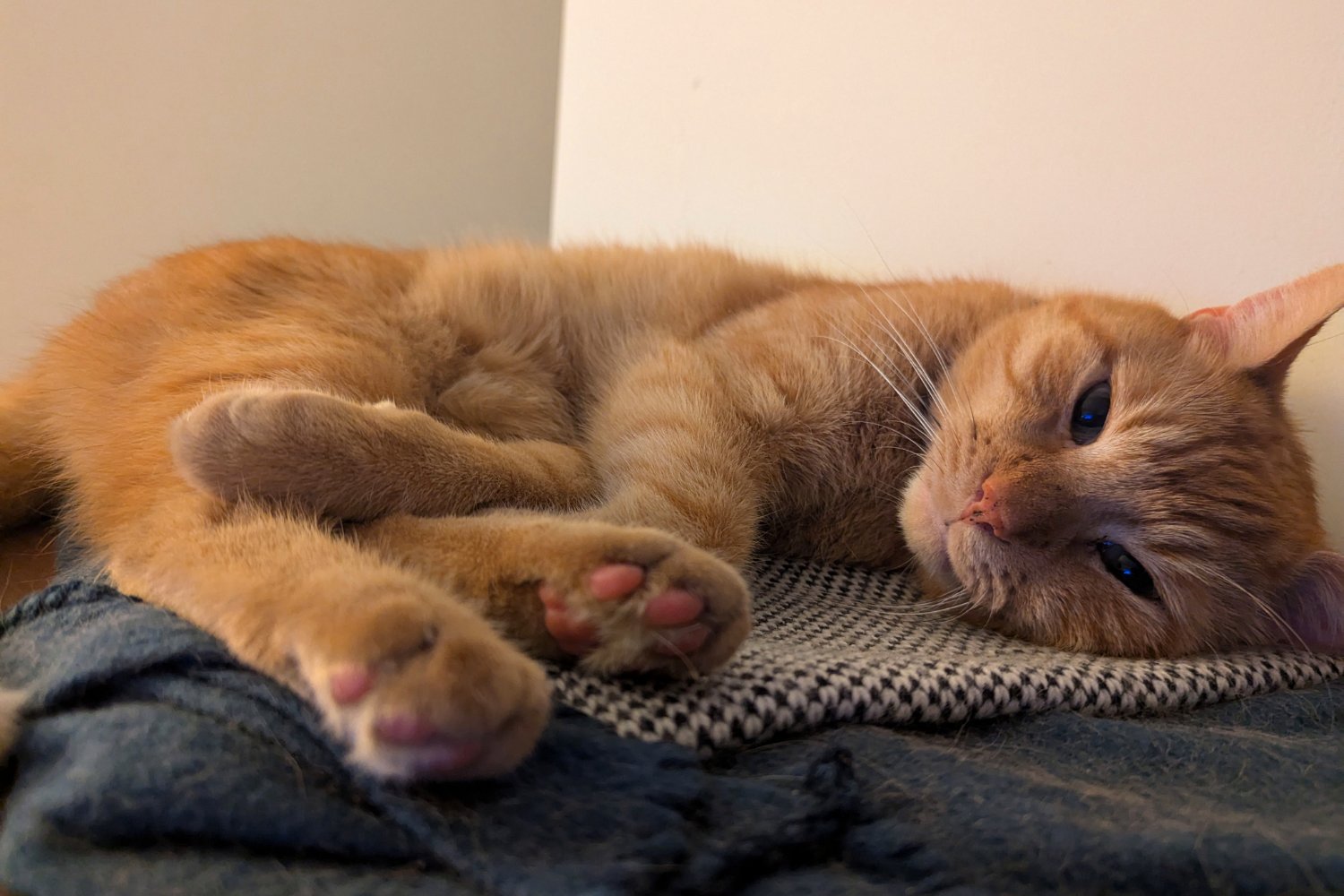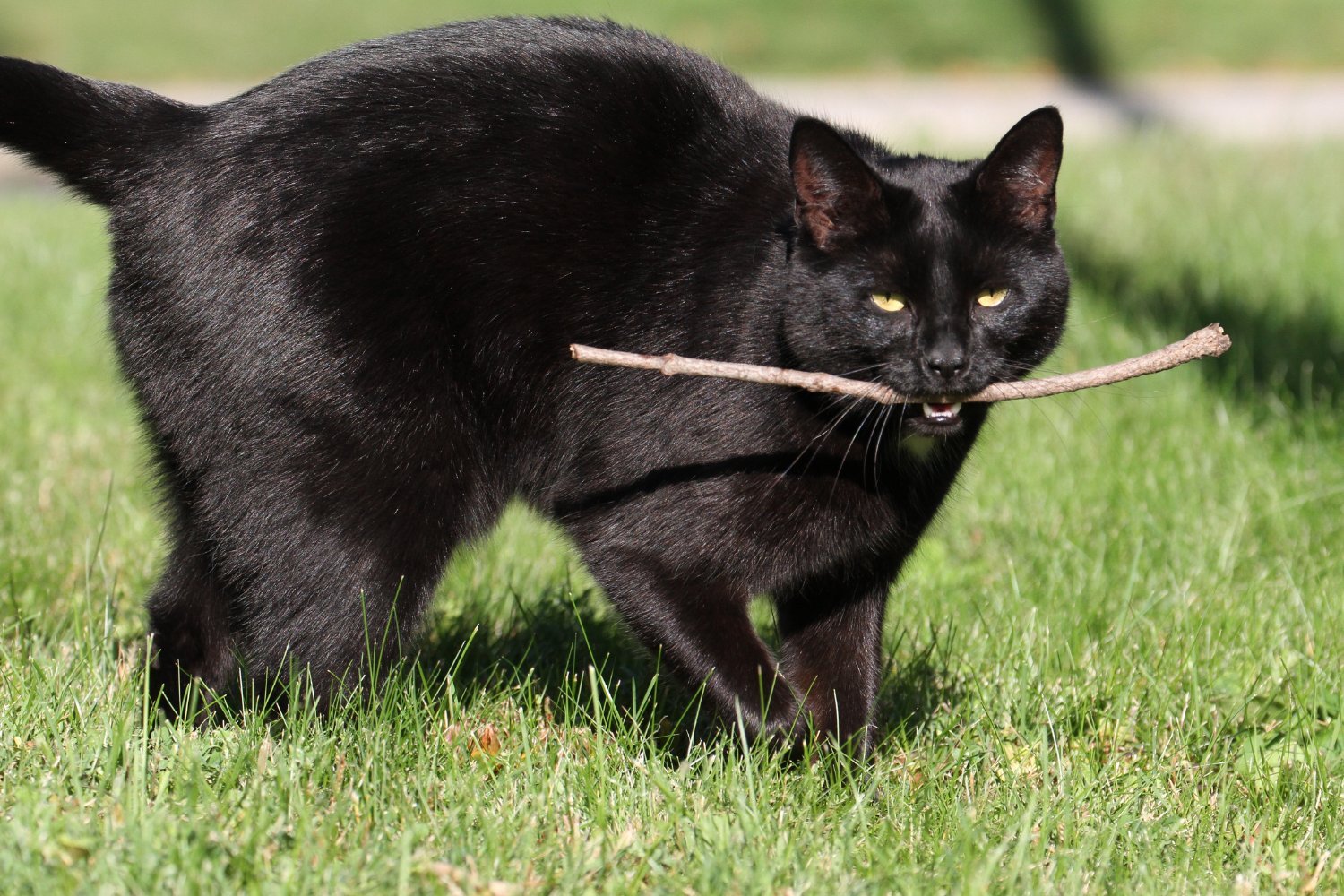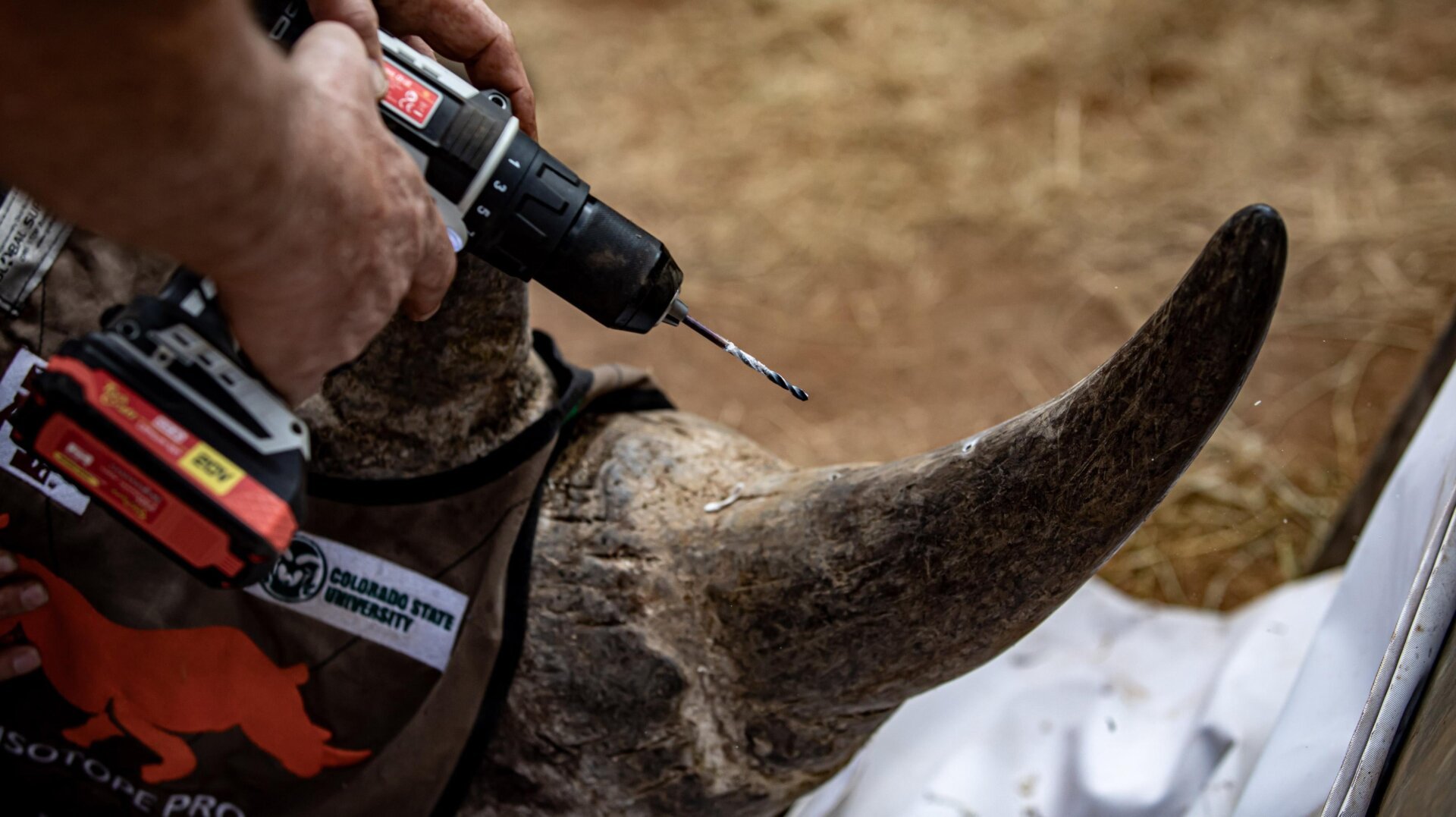Fetching is often considered a quintessential dog activity. But new research from Purdue University reveals that a surprising number of cats also enjoy this playful pastime. While dogs remain the undisputed fetch champions, the study, published in PLOS-One, sheds light on the prevalence of fetching behavior in both cats and dogs, offering valuable insights into their playful nature and human-animal bond.
The study analyzed data from two comprehensive surveys, the Fe-BARQ for cats and the C-BARQ for dogs. These surveys, completed by over 8,000 cat owners and 78,000 dog owners respectively, provided a wealth of information about pet behavior, including play preferences. The researchers found that approximately 41% of cat owners reported their feline companions engaged in fetching behavior, retrieving thrown objects and toys. In contrast, a significantly higher percentage of dog owners, around 78%, observed regular fetching behavior in their canine companions.
 CheddarProfessional non-fetcher, Cheddar ‘Chiz’ Cara. © Ed Cara
CheddarProfessional non-fetcher, Cheddar ‘Chiz’ Cara. © Ed Cara
The study also identified several factors influencing fetching behavior in both species. Younger age, male sex, and good health were associated with a higher likelihood of fetching in both cats and dogs. However, some key differences emerged. In dogs, fetching correlated with better trainability, while in cats, it was linked to higher levels of playfulness, activity, and indoor living.
Interestingly, certain cat breeds, such as Burmese, Siamese, and Tonkinese, exhibited a greater propensity for fetching. These breeds share a common ancestry in East Asia, suggesting a potential genetic influence on this behavior. Similarly, dog breeds traditionally bred for hunting or herding, like Retrievers and Labradors, showed a higher prevalence of fetching.
While fetching may mimic natural hunting instincts in both cats and dogs, the researchers suggest that it is more closely tied to their inherent playfulness. This engaging activity could also strengthen the bond between pets and their human companions, reinforcing positive interactions and mutual enjoyment.
 Fetching catA cat retrieves a toy.
Fetching catA cat retrieves a toy.
Further research is needed to fully understand the nuances of fetching behavior in both species. However, this study provides a crucial starting point, challenging common perceptions about feline behavior and highlighting the playful side of our feline friends. Lead study researcher Mikel Delgado emphasized the importance of recognizing cats’ social nature and their capacity for interactive play with humans.
This groundbreaking research underscores the importance of understanding and appreciating the diverse ways our pets engage with us and the world around them. Whether it’s a playful dog retrieving a ball or a curious cat bringing back a favorite toy, these interactions enrich our lives and strengthen the special bond we share with our animal companions.
Published in PLOS-One.
Interview with PLOS.











